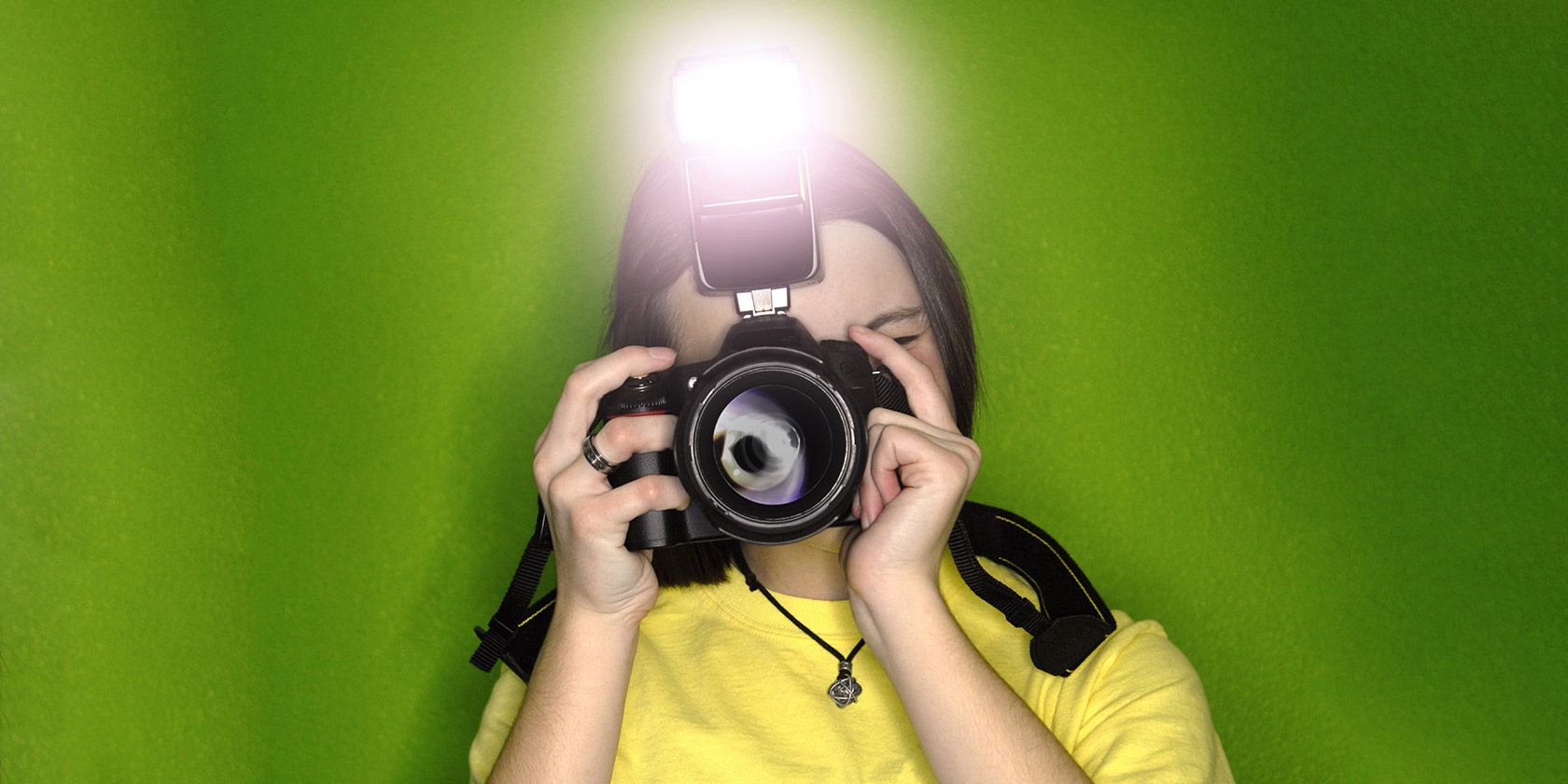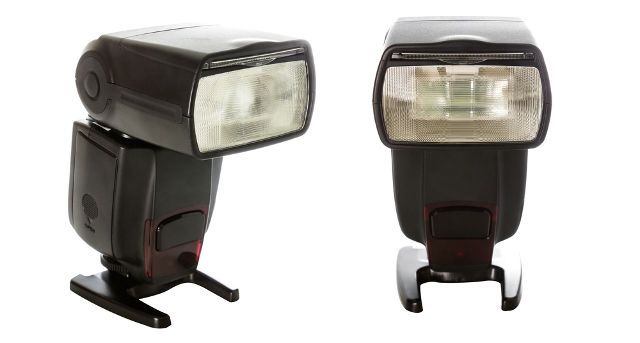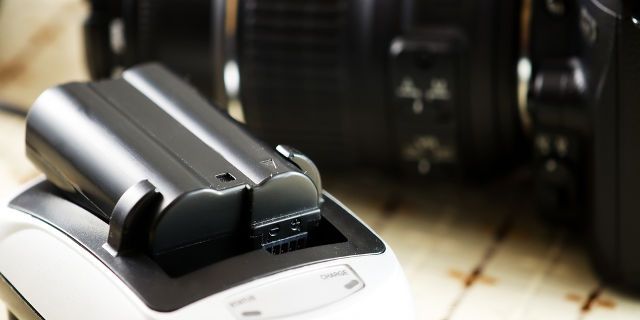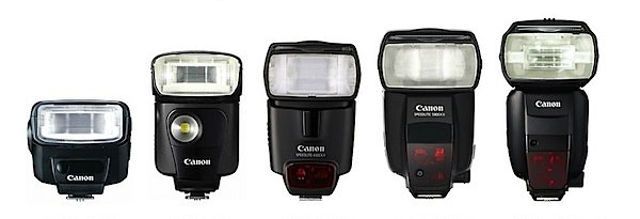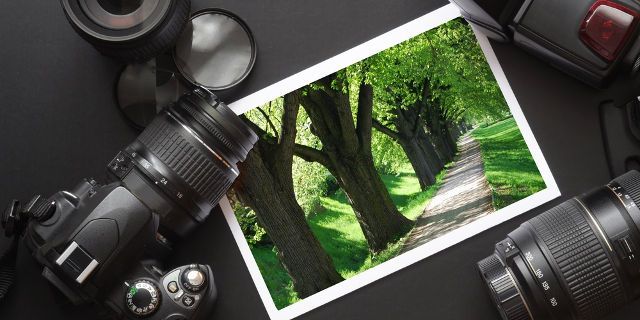In the photography world, there are three types of flash users: those who never use it and avoid it at all cost, those who use it all the time to the detriment of their photos, and those who have mastered when and how to use it.
Which one are you?
At its core, the camera flash is a simple piece of technology that's deceptively hard to use well. In the right hands it can transform dullness into greatness, but attaining that level of skill will require a bit of know-how and practice.
What is a Speedlight?
Speedlight is actually the brand name that Nikon uses for their camera flash units which are usually mounted to the camera body through the hotshoe. Similarly, Speedlite is the brand name used by Canon for their camera flash units.
But colloquially speaking, "speedlight" is synonymous with "portable camera-mounted flash unit" and is distinct from built-in flash units. Speedlights can be used externally, but for the most part speedlight photography refers to shots taken with a speedlight attached the actual camera body. And they're an essential part of a budding photographers kit.
What's this "hotshoe" that I mentioned earlier? If you look on top of your camera, you'll see a metal socket that can be used to connect external accessories to the body. In addition to flash units, other accessory examples include microphones and electronic viewfinders.
Why Use a Speedlight?
At this point you might be wondering, "Why use a speedlight when my camera already has a built-in flash?" It's a valid question and there are a few caveats that will hopefully convince you of the speedlight's usefulness.
Improved Strength and Range
Compared to built-in units, speedlights typically produce a stronger flash with farther reach. This is especially useful when trying to bounce light and when using flash as a fill light, two techniques that we'll explore in the next section.
Better Camera Battery Life
It takes a lot of energy to produce an intense moment of light, which means that each shot taken with flash will drain your camera's battery at a faster rate than a shot taken without flash.
The majority of speedlights run off of their own energy source — AA batteries are the most common — and thus won't affect how many pictures you can take with your camera.
Greater Flexibility of Angles
Built-in flash units face one huge restriction that kills their versatility: the direction of light. More specifically, they can only flash directly to the front which floods the subject and looks terrible 99% of the time.
Most speedlights don't have this limitation. Of course, the more money you spend, the more angle flexibility you gain. For example, the Canon 90EX doesn't have any kind of rotation, the Canon 270EX can only look up and down, and the Canon 430EX can aim pretty much anywhere.
Portable with No Setup Required
They're called speedlights because they're small enough to be carried anywhere and can be fitted to the camera in just a few seconds. This level of portability is crucial for time-critical or impromptu photos, such as those taken during a wedding or when traveling.
Cheaper than stationary lights. While softboxes and umbrellas are the better choice when you need high-quality studio lighting, they also require a deeper monetary investment. Speedlights are an affordable way to introduce versatile flash to your repertoire.
Advanced Speedlight Techniques
Now that you have a speedlight (you did go out and buy one, didn't you?) you should know a few tricks that will help you get the most mileage out of it. After all, if you just point the flash at the subject, it's really no different than a built-in unit.
Altering Flash Brightness
The amount of flash you actually need will change depending on the circumstances, which is fine because most speedlights allow you to dial the strength to your needs. Not only is it important for getting the exposure you want, but it can also help to conserve your speedlight's battery life.
Diffusing the Flash
Another way to weaken the flash brightness is to cover it with a diffuser. Rather than flooding your subject with a beam of light, a diffuser scatters the light so that less of it hits the subject. The result? A softer look.
If you look on Amazon, you should be able to find diffusers that fit whatever speedlight model you're using. Or, you could create your own diffuser with an empty milk jug.
Bouncing the Flash
Light is one of the most important elements to consider when composing a shot. Subjects can look incredibly different from photo to photo simply by changing the location and direction of the light source.
Forget flashing the subject from head-on. Instead, you can bounce the flash off of the ceiling or a wall to alter the lighting and shadows of the subject (assuming your speedlight can rotate to that angle). You can also use a DIY bounce card to accomplish a similar effect.
In addition, a bounced flash will be softer than a direct flash because light inherently diffuses when it bounces off an object.
Using Flash as a Fill Light
If you think flash is only for low light photography, think again! A well-placed flash can elevate a photo taken in broad daylight by providing something called "fill light".
Fill light is particularly useful when the subject is backlit because backlighting tends to create shadows on the frontside; when the shadows are overwhelming, you get something akin to a silhouette. Use flash to illuminate those dark spots and to make your exposure less extreme.
Using an Off-Camera Speedlight
Rather than mounting the speedlight on your camera's hotshoe, you could instead mount a trigger on the hotshoe and a receiver on the speedlight. The flash signal travels from body-to-trigger and trigger-to-speedlight, thus allowing you a quick way to set up an off-camera flash.
Kick it up a notch by adding an umbrella or a cheap softbox onto the remote speedlight. Replicate this a few times and you'll basically have a complete mobile lighting setup (though it won't be as good as a dedicated studio setup, of course).
Final Thoughts
Long story short: speedlights are extremely versatile and should be a crucial component of any photographer's bag, but they do have their limitations. Still, once mastered, speedlights can accomplish a lot when you're on the move or need impromptu lighting.
Are you a newbie wanting to get your feet wet as a photographer? Check out these quick and easy ways to jumpstart a photography hobby now.
Do you use speedlights? What tips and tricks do you use to maximize their efficacy? Share your thoughts with us in the comments below!
Image Credits: camera and flash Via Shutterstock, Camera Speedlight Via Shutterstock, Camera Battery Via Shutterstock, Quick Forest Photo Via Shutterstock

